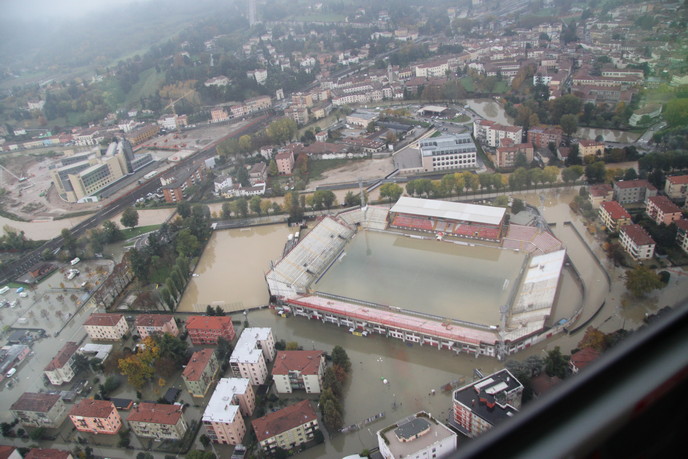Robust networking in action
Transport and communications networks are vital and increasingly complex — ubiquitous components of modern European societies. This is why they need to operate optimally, efficiently and, above all, robustly, because their complexity also makes them potentially vulnerable. In recent years, a huge body of network-optimisation methods has emerged able to operate at the intersection of mathematics, computer science, economics and engineering. However, the field of robust optimisation is much younger and less developed. In addition, the networks are often not controlled by a central, optimising authority, but rather by 'selfish' players, which leads to inefficiencies. Putting in place a market-oriented mechanism can help guarantee that when the various players pursue their own benefits, they do so in a way that complements overall efficiency and reliability. With financial support from the EU, the 'Robust and self-organising networks' (ROSES) project sought to develop just what its name suggests in the transport, logistics and telecoms sectors. The project worked on ways to extend recoverable robustness for applications with integer programming recovery and for applications without central control, and to ensure stability in credit networks. ROSES also created a novel method for finding optimal appointment schedules in a recovery robust setting. In addition, ROSES developed methods that take into account networks formed by financial entities and the liabilities within them. In addition, the project team explored a path-based, rather than arc-based, formulation of flows, which led to a different model of robustness for maximum flows.







